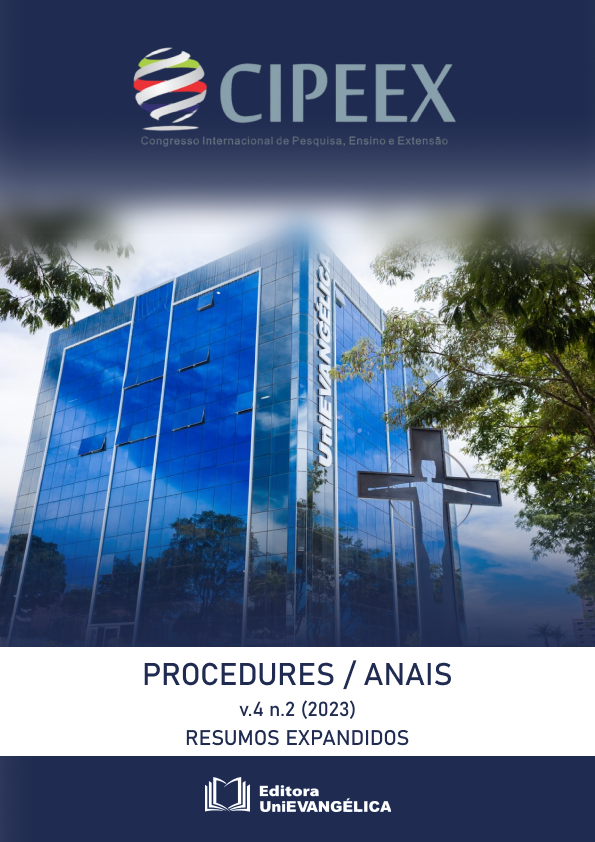PREDICTION OF RECTUS FEMORIS MUSCLE THICKNESS MEASUREMENTS BASED ON AGE IN WOMEN
Palavras-chave:
Ultrasound, Muscle, Prediction, SarcopeniaResumo
The study addresses the prediction of rectus femoris muscle thickness measurements in women based on age. The loss of muscle mass is a common problem associated with aging, with significant health consequences. Sarcopenia, characterized by muscle weakness and loss of independence, is a concerning chronic condition. This study aimed to analyze whether age can be an effective predictor of changes in the cross-sectional area of the rectus femoris muscle in women. For this, 58 women aged between 19 and 66 were subjected to ultrasounds to measure the thickness of the rectus femoris. The results showed that age is a significant, albeit weak, predictor of muscle cross-sectional area. The regression analysis revealed that 18% of the variations in muscle cross-section can be estimated by age. The estimation equation found was 2.139 + (-0.009 x age). This study provides valuable insights into how age can affect the muscle thickness of the rectus femoris in women, highlighting the importance of monitoring muscle health across different age groups.
Referências
Kemmler W, Stengel SV, Schoene D. Longitudinal changes in muscle mass and function in older men at increased risk for sarcopenia—the FrOST-Study. J Frailty Aging. 2019;8:57–61.
Kob R, Fellner C, Bertsch T, Wittmann A, Mishura D, Sieber CC, et al. Genderspecific differences in the development of sarcopenia in the rodent model of the ageing high-fat rat. J Cachexia Sarcopenia Muscle. 2015;6:181–191.
Chen LK, Woo J, Assantachai P, et al. Asian Working Group for Sarcopenia: 2019 consensus update on sarcopenia diagnosis and treatment. J Am Med Dir Assoc 2020;21:300–7.
Cruz-Jentoft AJ, Bahat G, Bauer J, et al. Sarcopenia: revised European consensus on definition and diagnosis. Age Ageing 2019;48:16–31.





